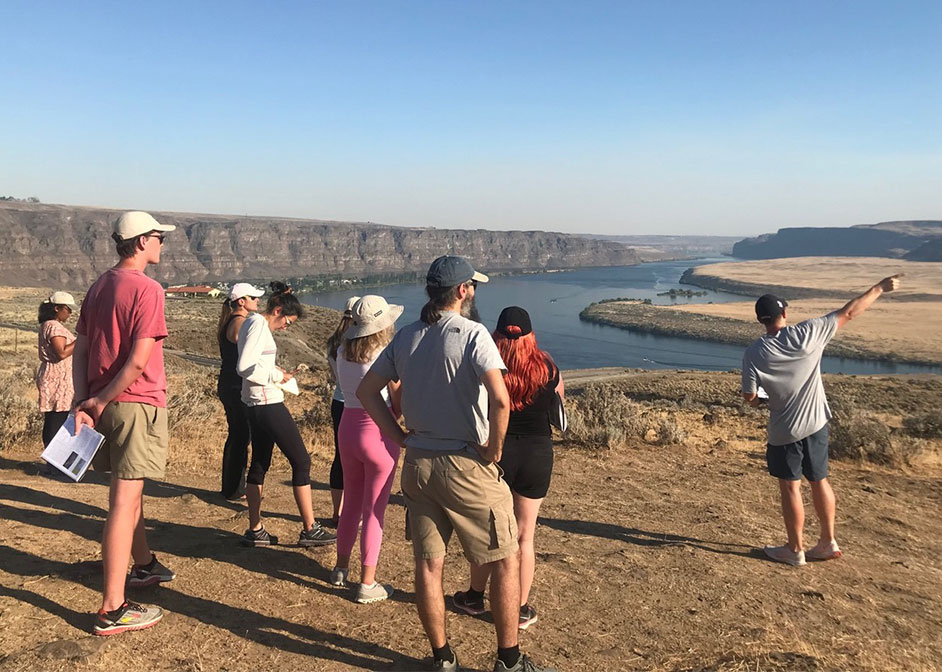- 07/19/2021 10:33:07 AMUH Geology Students and Professors Study Sedimentary Facies in WashingtonStudents covered three areas – Whidbey Island, Willapa Bay, and The Channeled Scablands – to study regional differences in deposition.
 Earth & Atmospheric Sciences
Earth & Atmospheric Sciences
